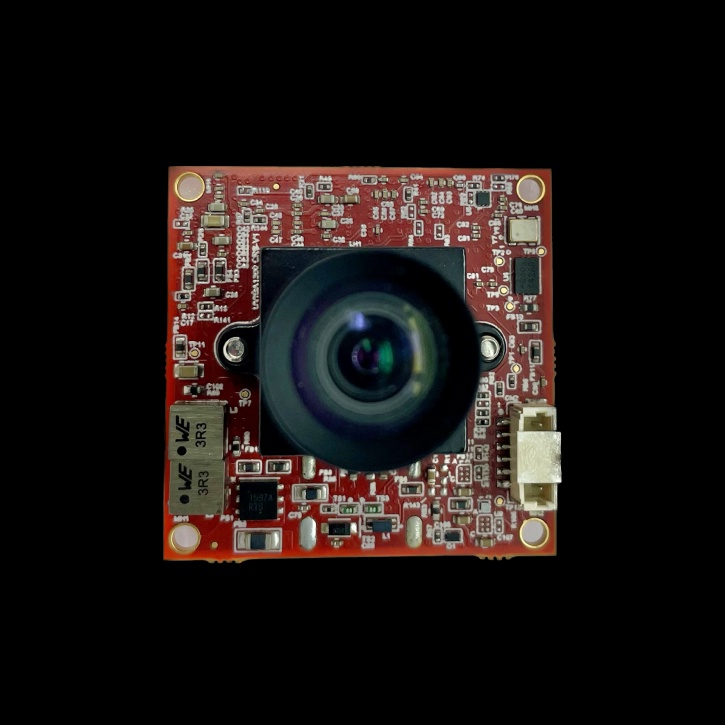In the era of photography, mastering low light conditions presents a unique set of challenges and opportunities. Whether you're capturing the ambiance of a dimly lit room, the ethereal glow of twilight, or the mesmerizing dance of city lights at night, achieving sharp focus is paramount for creating compelling images. With the prevalence of autofocus technology in modern cameras, many photographers wonder: Are autofocus cameras suitable for low light conditions? In this blog post, we'll explore the capabilities of autofocus cameras in low light scenarios and provide insights into how photographers can optimize their performance for optimal results.
Autofocus Performance in Low Light:
Autofocus systems rely on contrast detection, phase detection, or hybrid autofocus methods to lock onto subjects and achieve sharp focus. While these systems excel in well-lit conditions with ample contrast, they may encounter challenges in low light environments where contrast is reduced and light levels are minimal. Factors such as the speed and accuracy of autofocus, the sensitivity of the camera's sensor, and the quality of available light can all influence autofocus performance in low light conditions.
Challenges Faced by Autofocus Cameras in Low Light:
1. Reduced Contrast: In low light conditions, the contrast between subjects and their surroundings diminishes, making it difficult for autofocus systems to distinguish edges and patterns for accurate focusing.
2. Slower Autofocus Speed: In low light, autofocus systems may take longer to lock onto subjects and achieve focus compared to well-lit conditions, resulting in slower performance and potential missed opportunities for capturing fleeting moments.
3. Hunting and Focusing Errors: In challenging lighting situations, autofocus systems may struggle to maintain focus or may "hunt" back and forth as they attempt to lock onto subjects, leading to focusing errors and blurred images.
Strategies for Optimizing Autofocus Performance in Low Light:
1. Use of Assistive Lighting: Supplemental lighting sources such as external flashes, LED panels, or continuous lights can provide additional illumination and improve autofocus performance in low light conditions by increasing contrast and enhancing visibility.
2. Selective Focus Points: Prioritize autofocus points that correspond to areas of high contrast or detail within the frame, such as the eyes in portrait photography or distinct architectural features in indoor settings.
3. Increase ISO Sensitivity: Boosting the camera's ISO sensitivity allows it to capture more light, which can improve autofocus performance and reduce the risk of motion blur in low light conditions. However, be mindful of potential increases in image noise at higher ISO settings.
4. Use of Fast Lenses: Opt for lenses with wider maximum apertures (e.g., f/1.8 or f/2.8) that allow more light to reach the camera's sensor, enabling faster and more accurate autofocus performance in low light situations.
5. Manual Focus Override: In situations where autofocus struggles to lock onto subjects, consider switching to manual focus mode and manually adjusting focus to ensure precise control over the focal plane.
In conclusion, while autofocus cameras can be effective tools for capturing images in low light conditions, photographers should be mindful of the challenges they may encounter and employ strategies to optimize autofocus performance for optimal results. By understanding the limitations of autofocus systems in low light environments and implementing techniques to enhance focus accuracy and speed, photographers can confidently navigate challenging lighting situations and produce stunning images that captivate viewers with their beauty and allure.


No comments yet